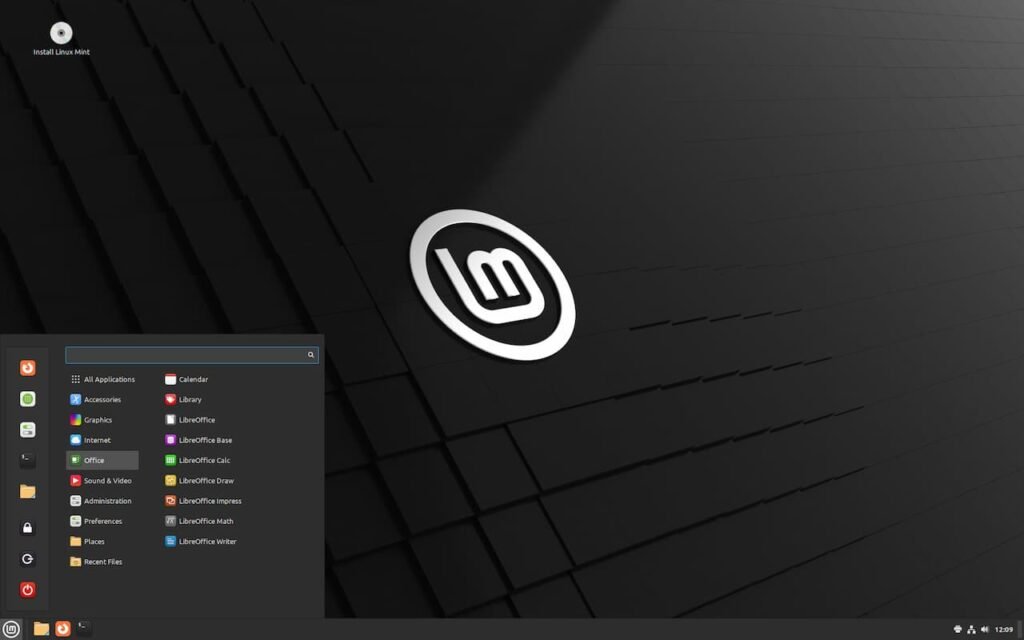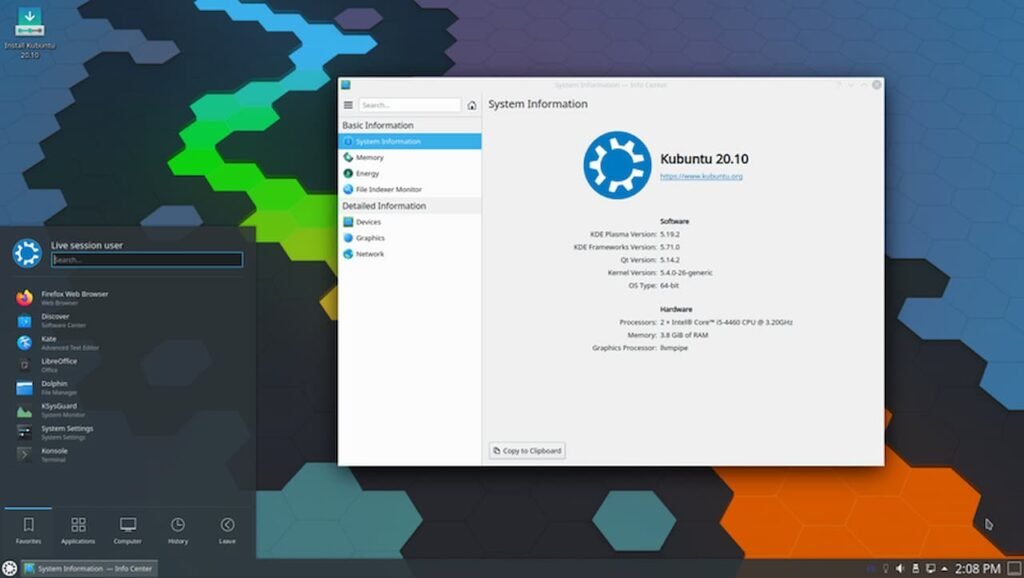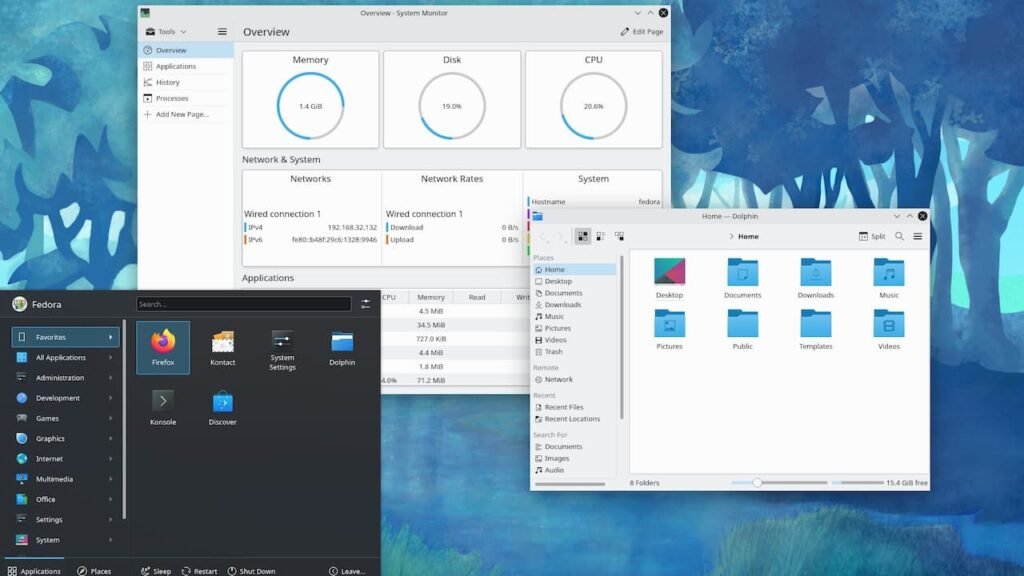With Microsoft’s recent push toward releasing Recall on Windows 11, despite multiple privacy, safety and security concerns, the flagship operating system is seemingly now a shell of its former glory days – especially when we take into account the unblockable telemetry and widespread outage issues that have plagued the OS in recent years.
Coupled with the forced EOL (end of life) of a massive number of machines which do not meet the ‘minimum’ requirements of Windows 11, the future of these PCs looks rather bleak at the moment.
Thankfully, there do still exist alternative, free operating systems based on Linux that offer a complete transformative experience for ‘outdated’ hardware. Linux has managed to keep up with Windows in a lot of key areas (including gaming) recently and is a real, viable alternative you should consider.
The best Linux distros to migrate to from Windows
Linux Mint

Linux Mint is one of the best beginner friendly distros you can get your hands on. It is based on Ubuntu Linux, and comes equipped with the Cinnamon desktop UI – which is quite familiar to Windows 7.
Mint is also very stable – a consequence of being based on Debian/Ubuntu, and comes with a software suite which includes popular additions such as Steam. Mint is accompanied by a very newbie friendly discussion forum which has answers for (almost) every problem.
Since Mint does not use bleeding edge packages, it naturally lacks support for bleeding edge features and hardware – making it less than ideal for recently released hardware.
Kubuntu

Kubuntu is simply put, an alternative flavor of the Ubuntu Linux distribution. Unlike vanilla Ubuntu, Kubuntu uses the KDE Plasma desktop environment as its graphical user interface, which should be more familiar to Windows users.
In all other aspects Kubuntu is largely similar to Ubuntu, and carries over its rock-solid stability and release cycles.
As such, Kubuntu is highly recommended for those wishing to make the switch to Linux from Windows, thanks to its use of the popular Ubuntu and a GUI that helps newcomers ease into the world of Linux.
Fedora Linux

Fedora is poised as a more ‘intermediate’ distro, aimed for those wanting more out of their system without dealing with the complexity of something such as Arch or Gentoo.
Fedora also boasts a massive install base, and a supportive community that is very newcomer friendly. Niche software can usually be found on Fedora, and it’s software suite can rival even the likes of the AUR.
Unlike Arch though, Fedora has a much saner update cycle, which makes it quite appealing to many.
This makes Fedora a very viable option for the more adventurous, and is perfect for modern bleeding edge hardware thanks to its use of updated packages.
Fedora is available in multiple ‘spins’, of which the KDE and Gnome variants are recommended for those seeking a Windows or MacOS like experience respectively.
The ‘Year of the Linux Desktop’ might still be a meme at this point in time, but the dream might soon come to be a reality.
